Search
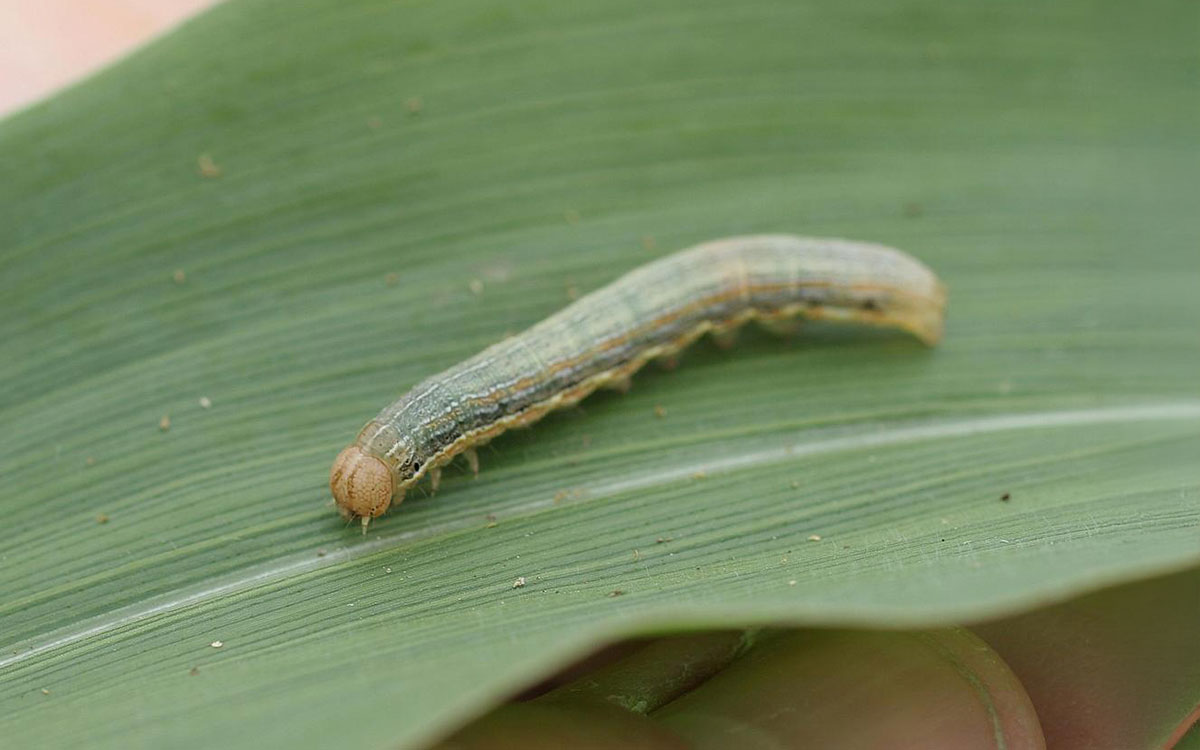
Reports of Pyrethroid Failures for True Armyworm Caterpillar Management
True armyworm caterpillars reached thresholds in oats and wheat in many areas of South Dakota recently. Management efforts to reduce populations had varying levels of success, with SDSU Extension receiving numerous reports of pyrethroid insecticide failures.
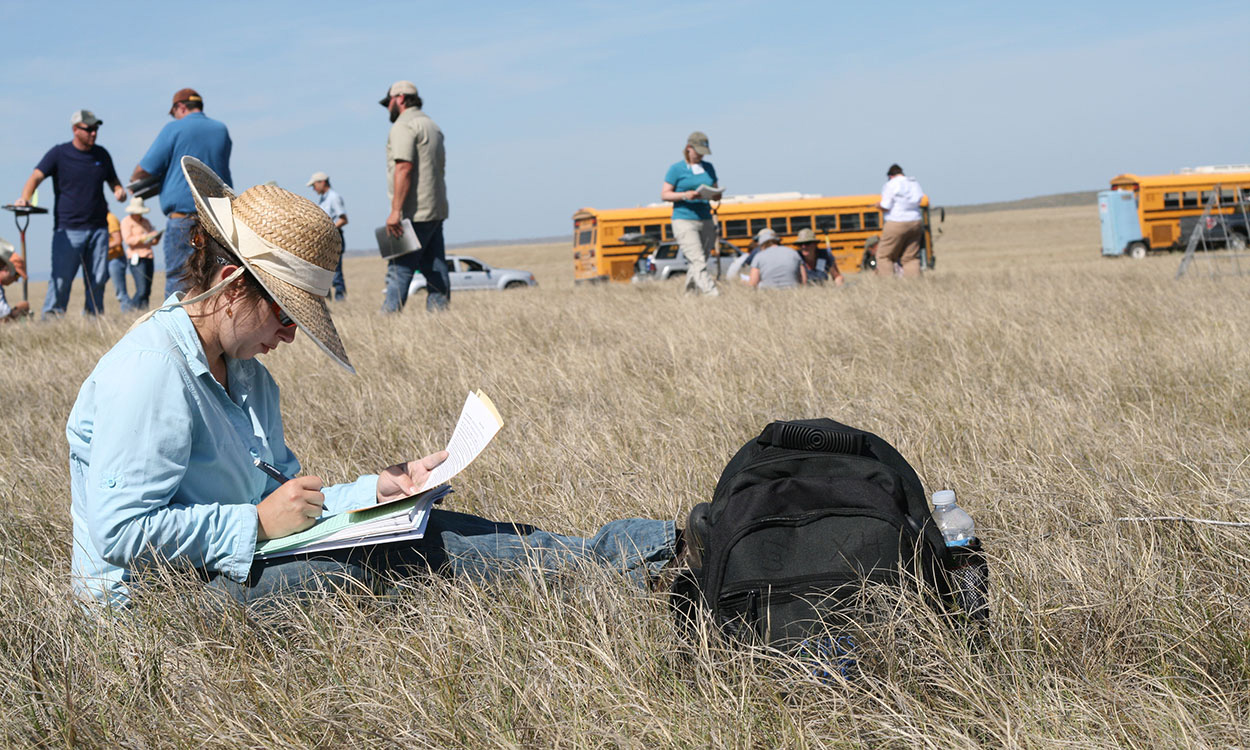
South Dakota Range Management Workshop Set for June 27-29
April 18, 2023
SDSU Extension is partnering with the United States Forest Service, Bureau of Land Management and Natural Resources Conservation Service to provide the 2023 South Dakota Range Management Workshop June 27-29 near Deadwood, South Dakota.
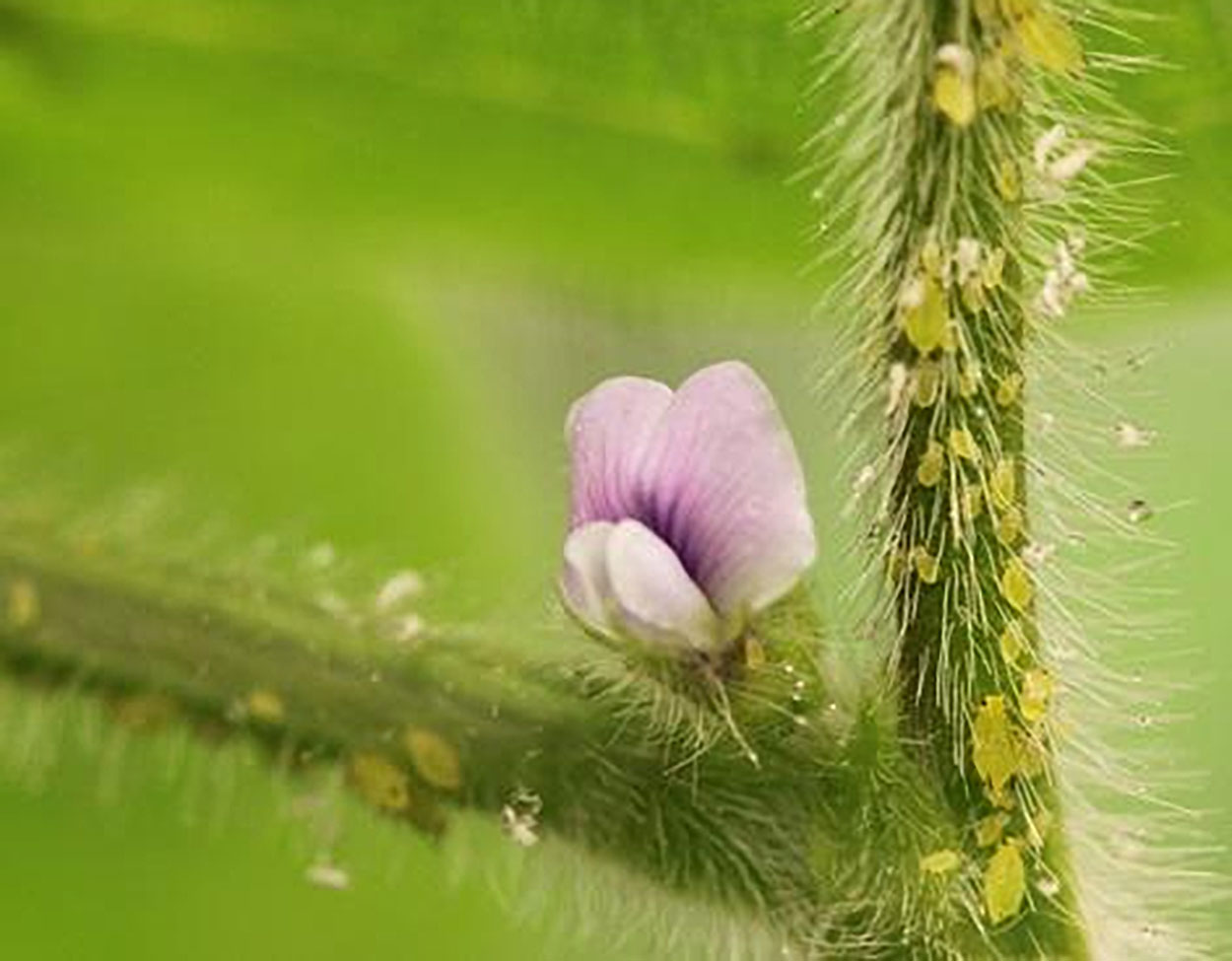
Soybean Aphids Detected in South Dakota
While scouting soybean aphids this week we observed small colonies of 5 to 10 soybean aphid nymphs. This indicates that the soybean aphids are just starting to arrive in South Dakota soybeans and weekly scouting for them should be occurring.
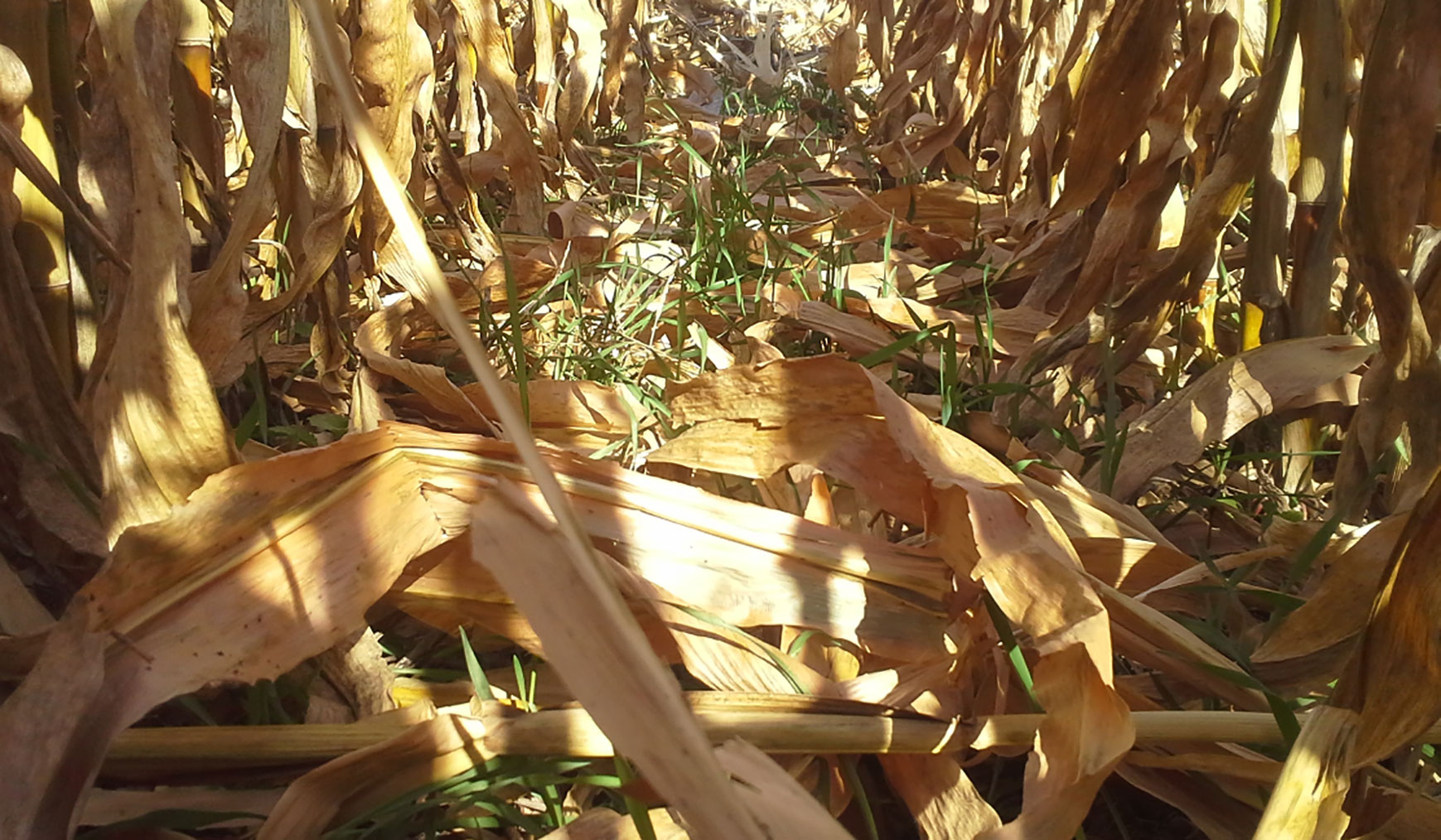
Cereal Rye Cover Crop Between Corn and Soybean
Interest in cover crops has increased in recent times. Cereal rye has been a cover crop of choice among corn and soybean growers in South Dakota due to its superior tolerance to cold temperatures and ability to overwinter in a Northern climate.

Risk Calculator
The Risk Calculator is designed to combine crop insurance, government programs, and marketing tools together for a crop.

Crop Budgets
Crop Budgets helps producers to determine the preliminary cost of production for the major commodities grown in South Dakota.
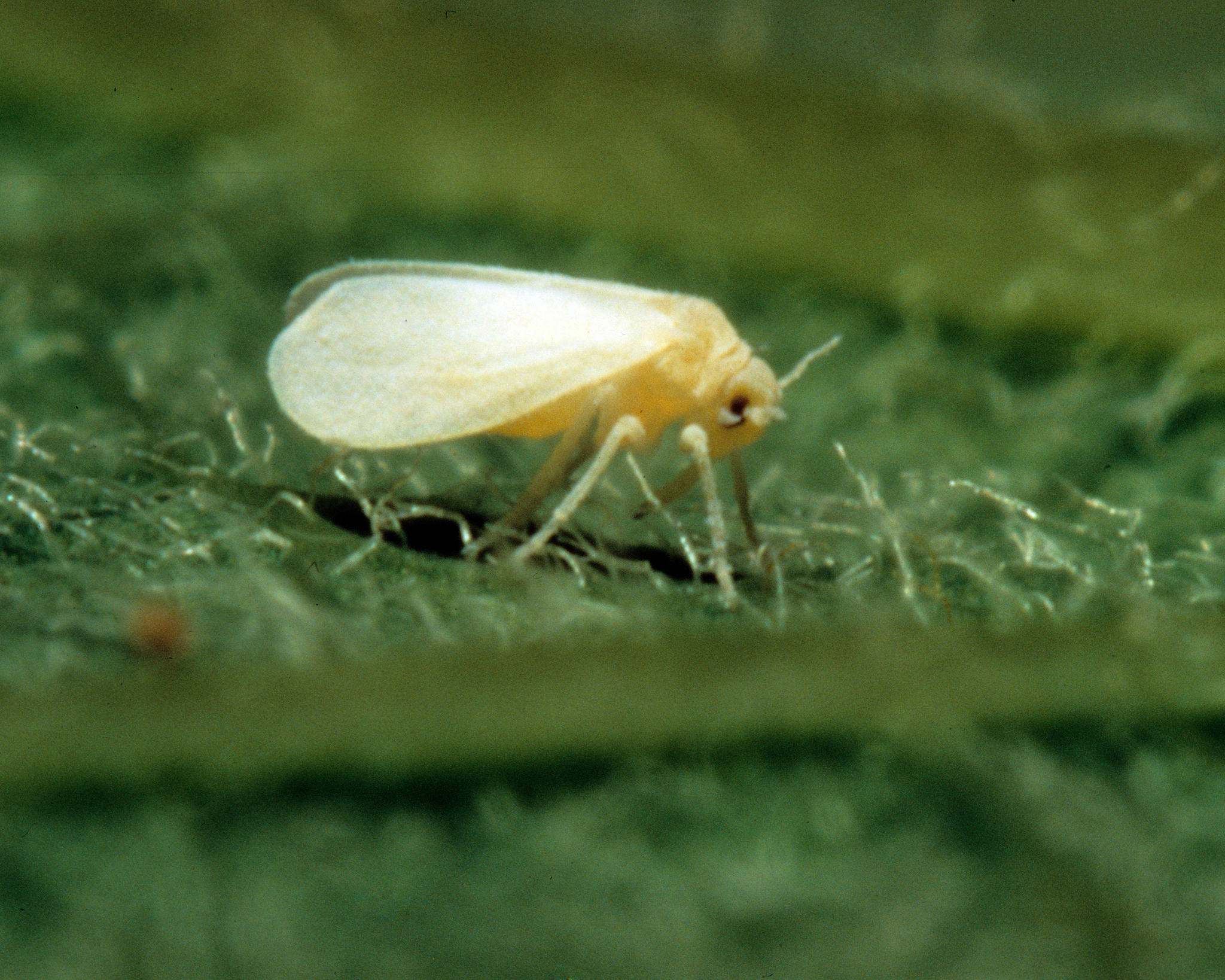
Biological Control of Pests in High Tunnels
Major insect and mite pests in high tunnels include aphids, thrips, white flies, and spider mites. Biological control uses living organisms (natural enemies) to suppress or limit pest populations to levels that do not cause economic injury to the crop.
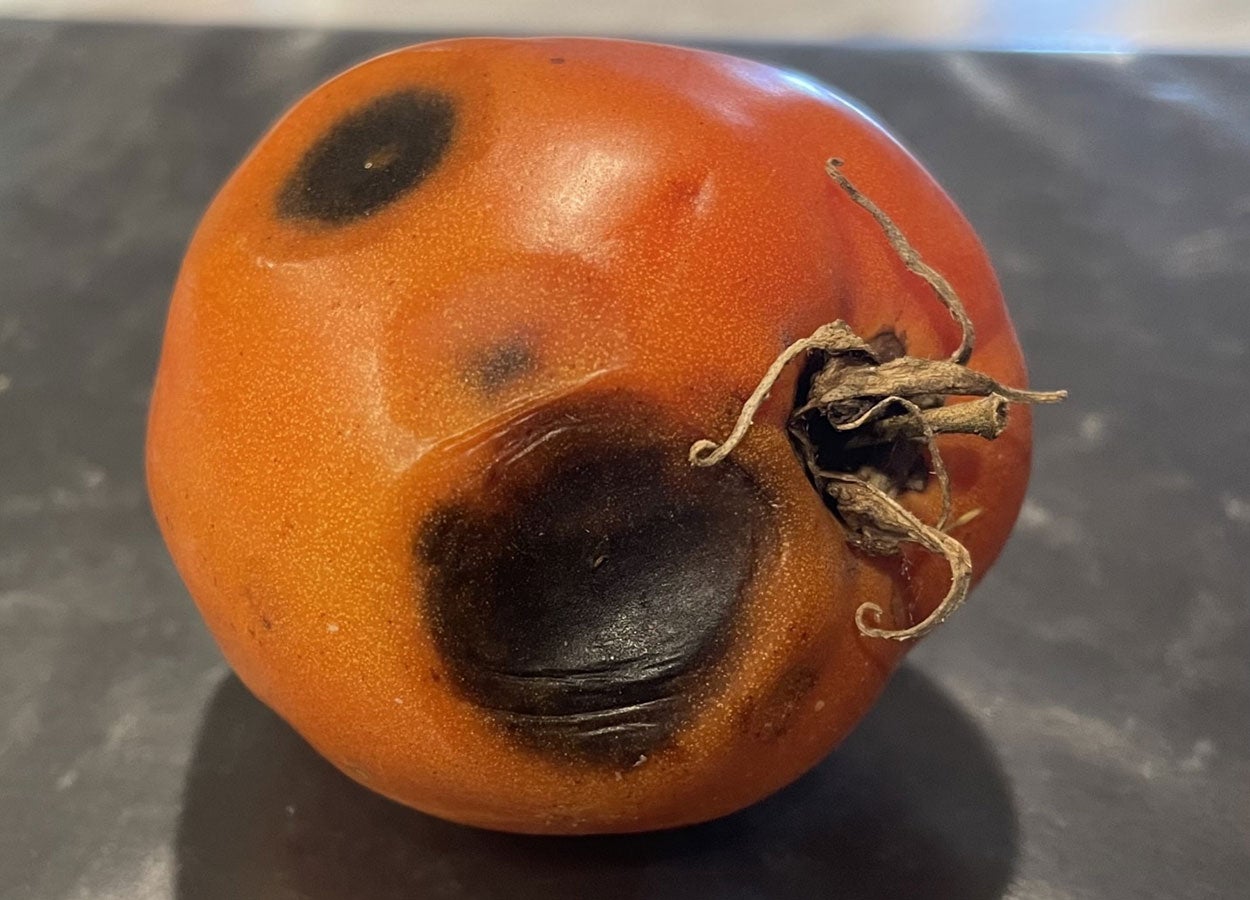
Bacterial Soft Rot
Bacterial soft rot is a common disease that can occur in a variety of fruits and vegetables. Learn how to identify and manage it before it impacts your harvest.

A Cactus for Every Holiday: Caring for This Popular Indoor Plant
Many people may not realize that there are three distinct species of holiday cacti: Easter, Thanksgiving and Christmas. This article explains the different types of holiday cacti and how to care for them.
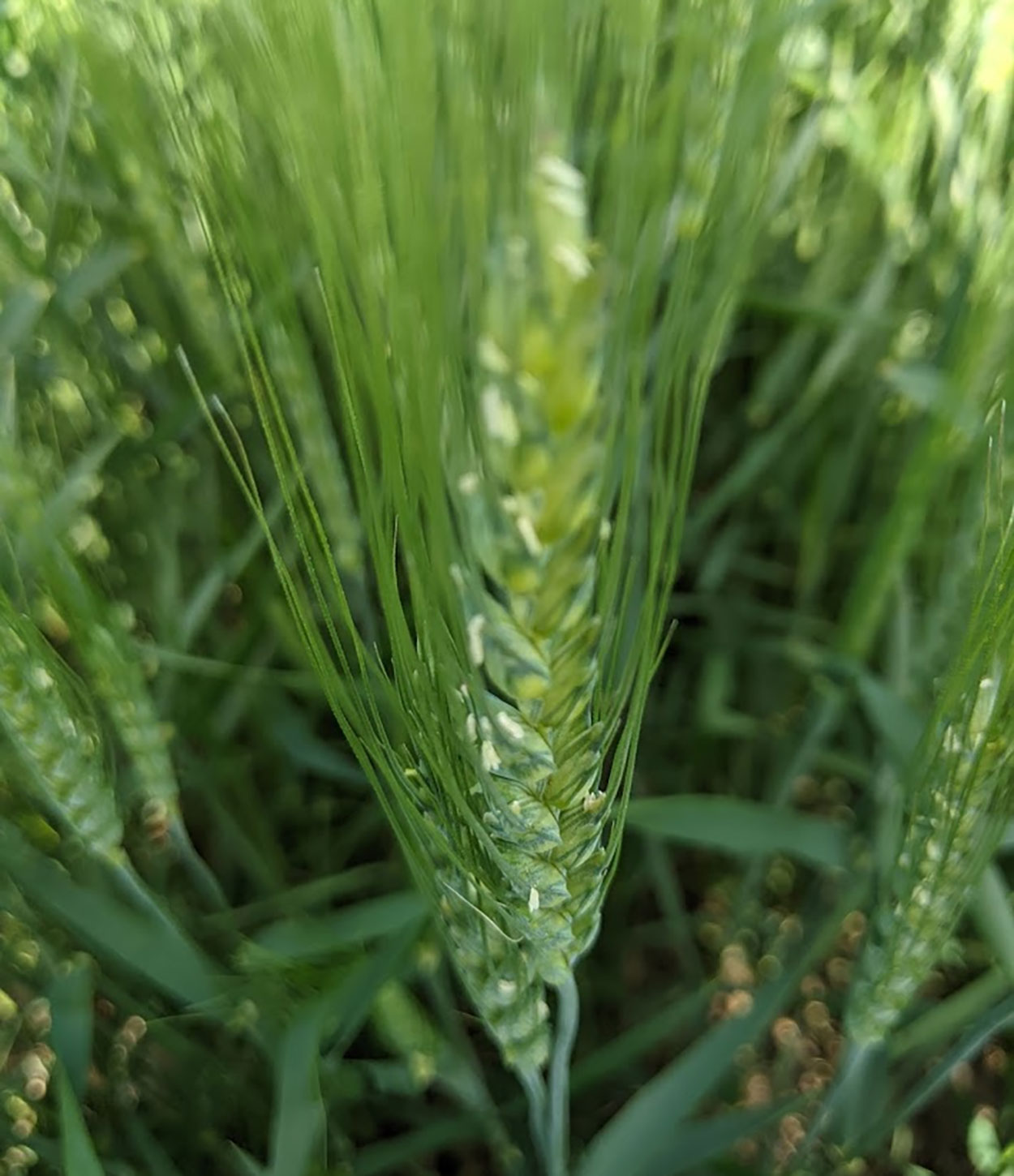
Use Fusarium Head Blight Risk Prediction Tools for Better Disease Management
Winter wheat has reached the flowering growth stage, which is a time of high risk for Fusarium head blight. By using disease prediction tools correctly, a producer can protect wheat from infection by applying a timely fungicide when the tools show moderate to high risk.